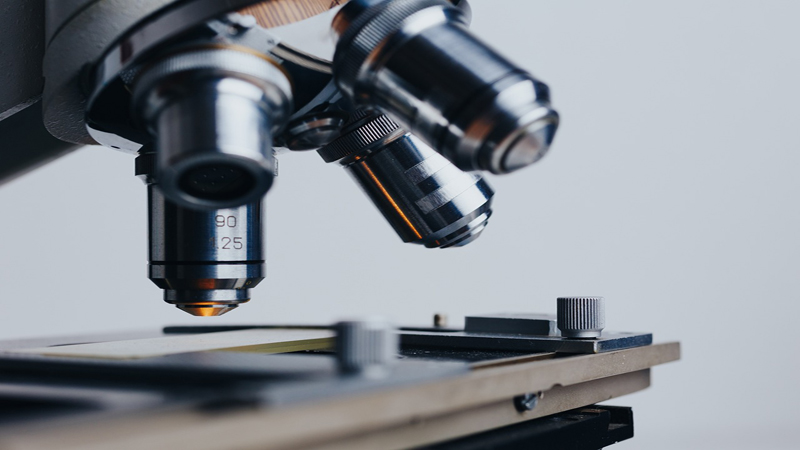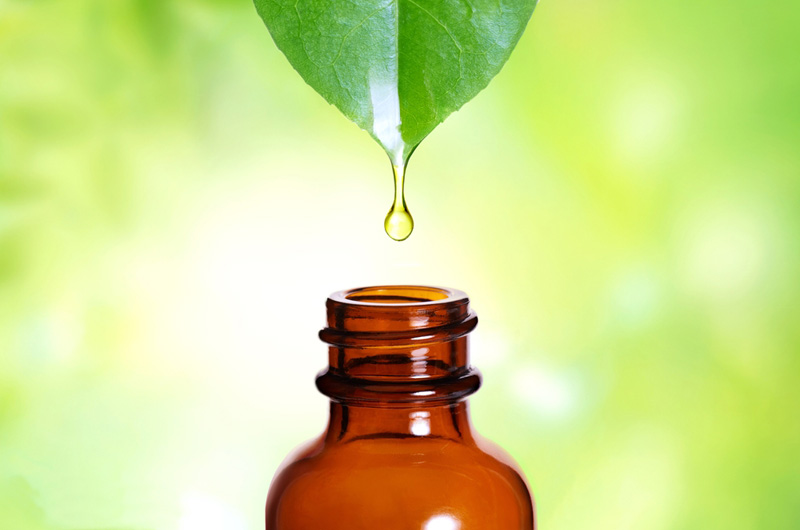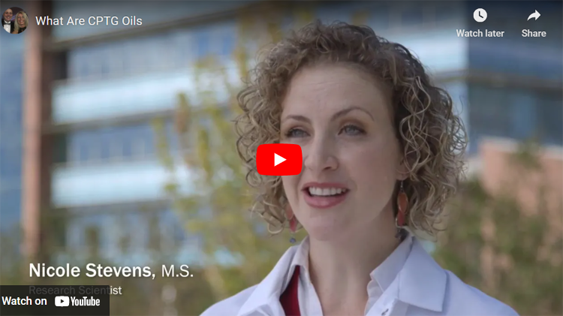SUBSCRIBE TO MY FREE ESSENTIAL OILS NEWSLETTER, "THE ESSENTIAL OILS Rx"
How to Use Essential Oils
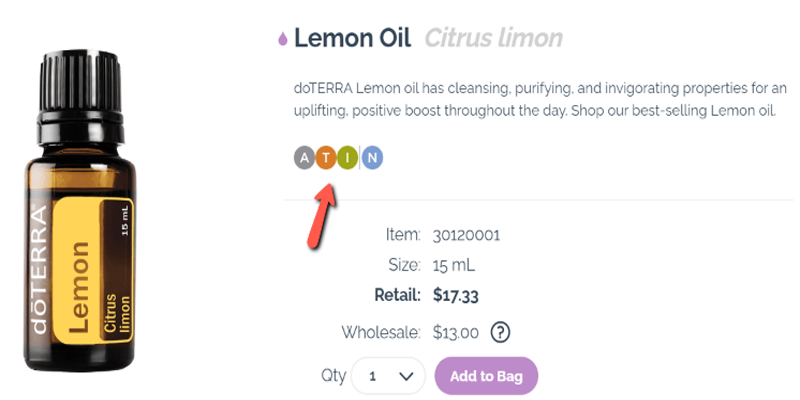
Now that you know what essential oils are, why plants make them and how they are obtained, the next question is. "How do you use them?"
Essential oils can inhaled, applied topically and sometimes, even ingested.
doTERRA clearly designates how a particular oil can be used on the oil's product page on the doTERRA website (see red arrow on the image above).
An "A" indicates that the oil can be used aromatically, a "T" indicates the oil can be used topically and an "I" indicates that the oil is safe to ingest.
In the image above, you can see that lemon oil can be used aromatically, applied topically, and is safe to ingest. The "N" indicates that this oil can be applied to the skin "neat" or without prior dilution.
Note that simultaneously using an oil in more than one way can enhance its efficacy.
TIP
Many essential oils can be diffused, applied topically and/or ingested. Using an oil simultaneously in more than one way can enhance its efficacy.
Topical Application of Essential Oils
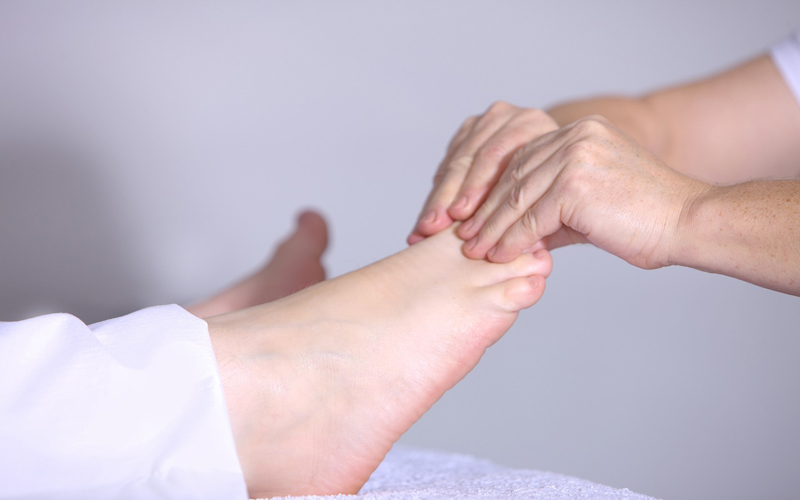
Essential oils consist of small, lipid-soluble molecules that are readily absorbed into the skin. They can be applied at the site of a particular problem, applied at a site were absorption is particularly good such as the bottoms of the feet, or applied to reflex points on the feet, hands or ears.
Direct Application
While you might have heard that essential oils should always be diluted prior to topical application, many essential oils can be applied to the skin without prior dilution. (I think many of the warnings about skin irritation come from the use of adulterated oils)
doTERRA patch tests their oils and will label them "N" if they can be applied neat or directly to the skin without dilution, "D" if they should always be diluted prior to topical application and "S" if the oil should be diluted when using on a person with sensitive skin.
In the image below you can see that oregano oil can be used aromatically (designated by an "A") used topically (designated by a "T"), and ingested (designated by an "I") The D that the red arrow is pointing to indicates that, when used topically, oregano oil should always be diluted.
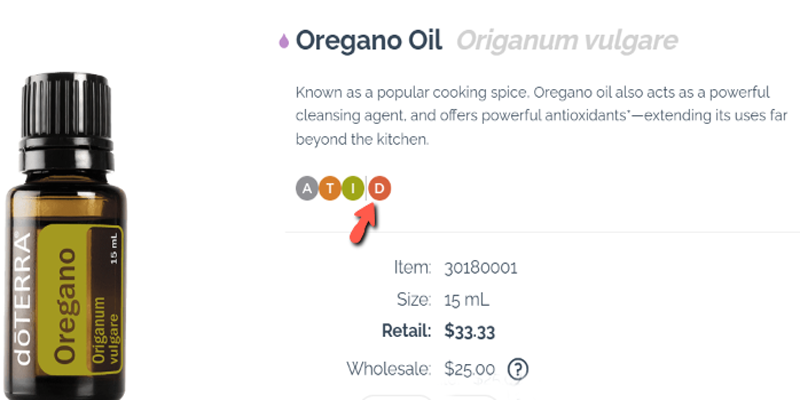
Diluting Essential Oils
Diluting an essential oil with a carrier oil prior to applying it to the skin may not always be necessary but it will make it safer for sensitive skin. It will also allow you to cover a greater area while
using only a drop or two of the essential oil.
Diluting an essential oil also enhances its absorption.
Absorption of topically applied essential oils can also be enhanced by massaging the oil into the skin (For more on carrier oils click on this link: Benefits of Carrier Oils.)
Simple Dilution
For a simple dilution use 1-5 drops of a carrier oil for each drop of essential oil. For more precise dilutions and dilutions to use in young children click on this link: How to Dilute Essential Oils.

Want to try doTERRA essential oils or essential oil products?
Click on this link to get a FREE membership and WHOLESALE prices for a full year! Get My Free doTERRA Membership.
More Ways to Use Essential Oils Topically
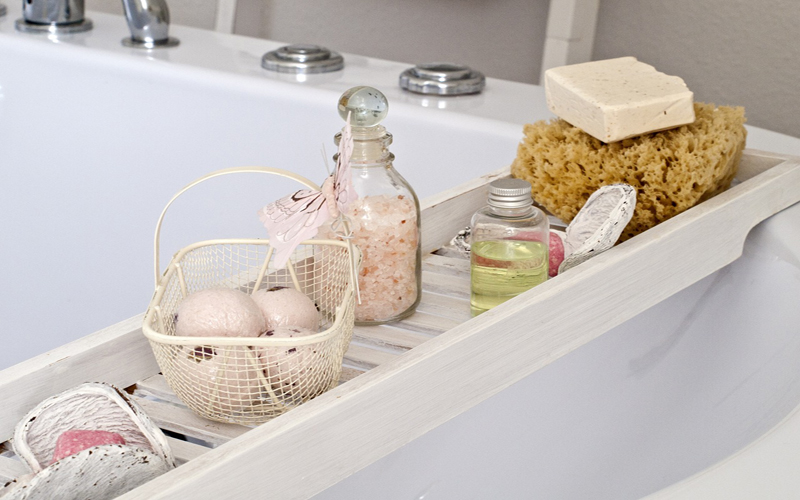
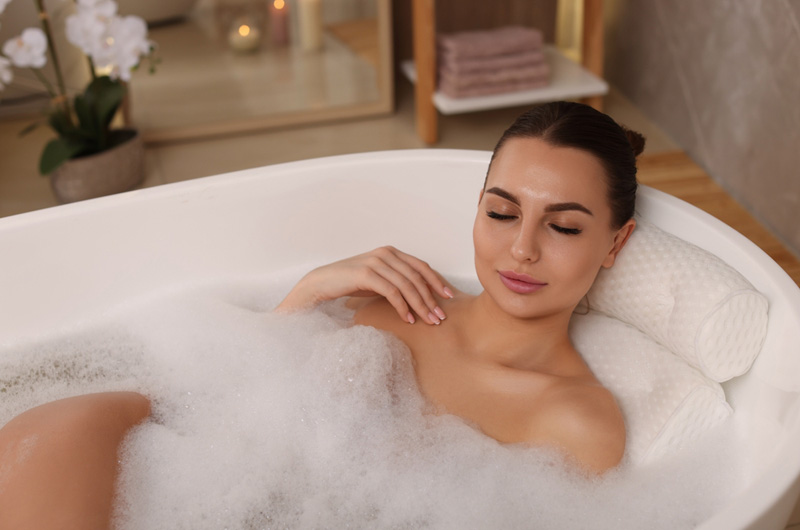
In Baths: Adding essential oils to bathwater can create a calming and soothing bath experience. The water will also help drive the oils into the skin.
To avoid having the oils float on top of the bathwater, which could irritate sensitive skin, blend 2 tablespoons of a carrier oil with 15 drops of essential oil in a small container. Then add a teaspoon to a warm bath. You can also add essential oils to Epsom salts – which will give you the relaxing benefits of both the essential oil and the magnesium in the salts.
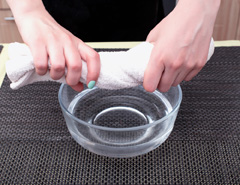
Compresses: Essential Oils can be used in a compress to help relieve pain and soothe sore muscles. To create a compress fill basin with hot or cold water and add the desired essential oils.
Place a towel in the basin allowing it to soak up the oils, then wring the water out and place the oil -soaked towel over the area of concern.
For hot compresses, cover the compress with a dry towel and a hot water bottle. For a cold compress cover the oil-soaked towel with a piece of plastic wrap.
Inhalation of Essential Oils

Because the part of the brain that detects scent lies very close to the part of the brain that controls our emotions, inhalation or “Aromatherapy” is most often used for emotional support.
There are several ways to use inhalation including direct inhalation and diffusion.
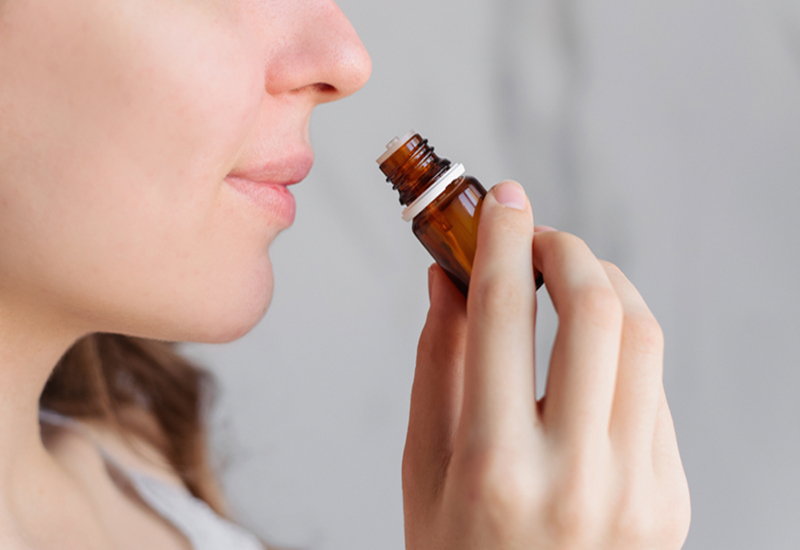
Direct Inhalation: Essential oils can be inhaled directly from the bottle.
You can also place a few drops on your palm, rib your hands together and then cup your hands over your nose (being careful not to touch your eyes) and inhale.
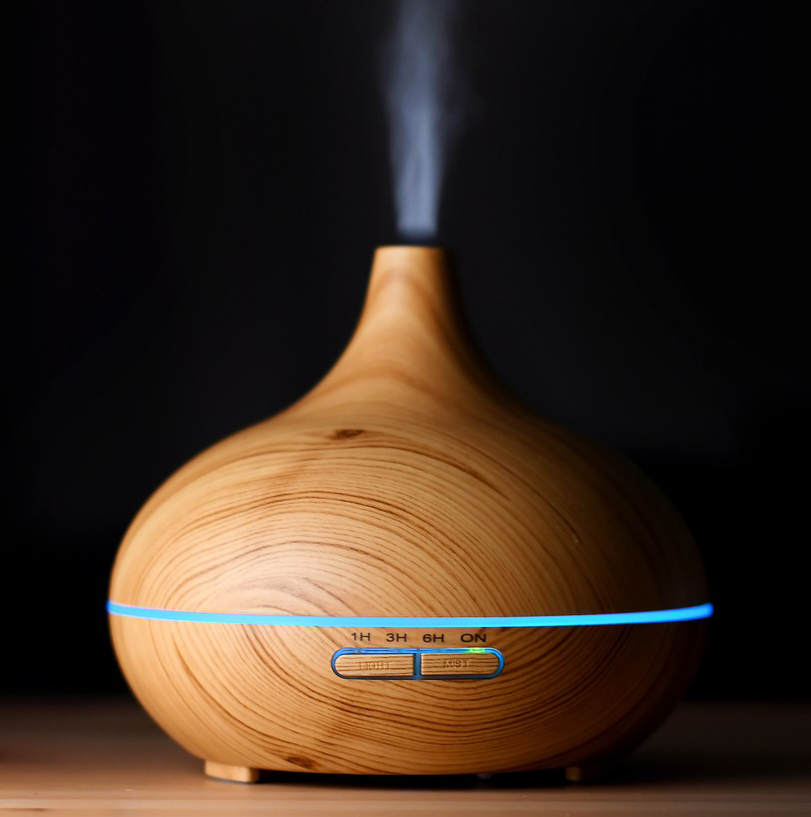
Diffusion: By far the most popular way to inhale essential oils is by using a diffuser.
There are two types of diffusers: nebulizers which convert the oil directly to a mist, and humidifying or water diffusers that use ultrasonic waves to create a mist of both water and oil. (You simply fill these diffusers with water and then place a few drops of the essential oil of your choice on top of the water.)
Water diffusion is generally considered the safest way to use an essential oil. Because they are humidifying, water diffusers- are a great way to provide respiratory support especially when combined with eucalyptus oil or Breathe (Respiratory Blend).
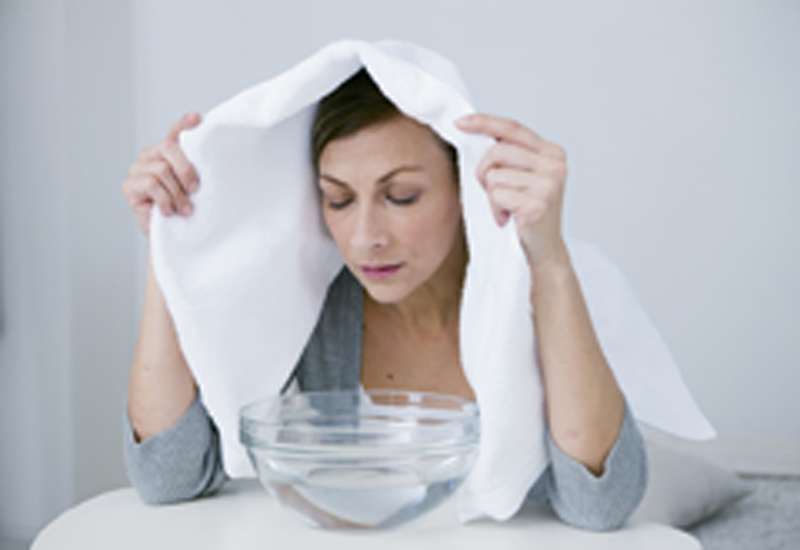
Tenting: Another way to benefit from humidity as well as an essential oil like Eucalyptus is to place the oil in a steaming bowl of water and then tent a towel over both the bowl and your head.
More Reasons to Diffuse Essential Oils
- Control Room Odors: Using an essential diffuser of any type is a great way to control room odors and create a pleasant smelling environment without resorting to toxic deodorizers and scented candles.
- Reduce the Spread of Airborne Infections. Diffusing an essential oil has been shown to help control the spread of airborne infections.
- Reduce Situational Anxiety. Certain essential oils are calming and have been shown to reduce anxiety, making them a great choice to use in clinic waiting rooms and even in treatment rooms.
For more on aromatic use of essential oils, see doTERRA’s free e-book
“Aromatic Use of Essential Oils”
Ingesting Essential Oils
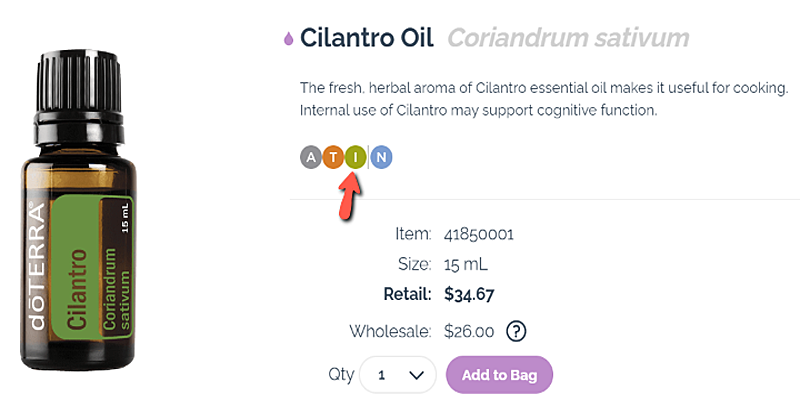
I have often heard it said that essential oils should never be ingested.
While it is true that some essential oils should not be ingested, there are many oils – like peppermint, fennel, cilantro, oregano and fennel - that not only can be ingested but that provide numerous benefits when taken internally.
doTERRA labels oils that can be ingested with an "I" which can be found on the product page on their website (see image above).
Ingested essential oils like peppermint and oregano can positively affect the digestive system. But their effect isn't limited to the gut: Ingested oils are absorbed from the intestines into the bloodstream where they spread into other areas of the body.
Methods of Ingestion
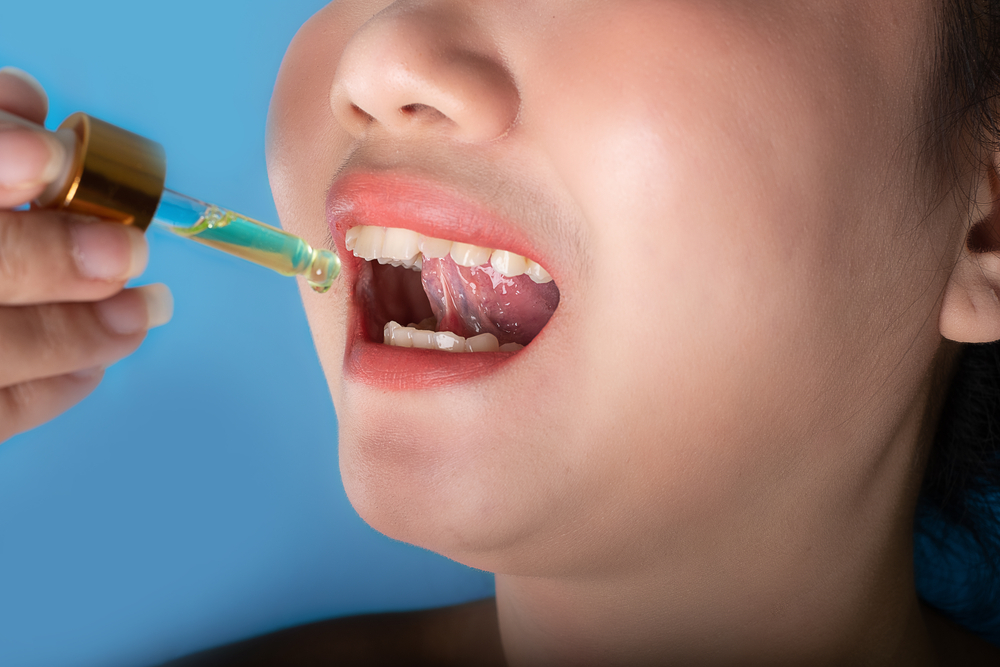
- Sublingual: One of the most effective ways to ingest essential oils is to place a drop or two underneath your tongue.
- In Capsules: One to ten drops of an essential oil can be placed in an empty vege capsule and then taken like any other capsule.
- In Beverages: Essential oils can be ingested by adding them to a beverage. Simply place one drop of the essential oil in 1-4 cups of liquid. (I frequently add a drop of peppermint oil to my chocolate Paleo Meal shake to get a chocolate peppermint flavor.)
- In Cooking: Many essential oils – like basil, oregano, fennel, and cilantro - come from herbs and can be used in lieu of those herbs in cooking. Remember that these oils are more potent than either dried or fresh herbs. So start with just a drop or two and follow your taste from there.
Dosing Ingested Essential Oils
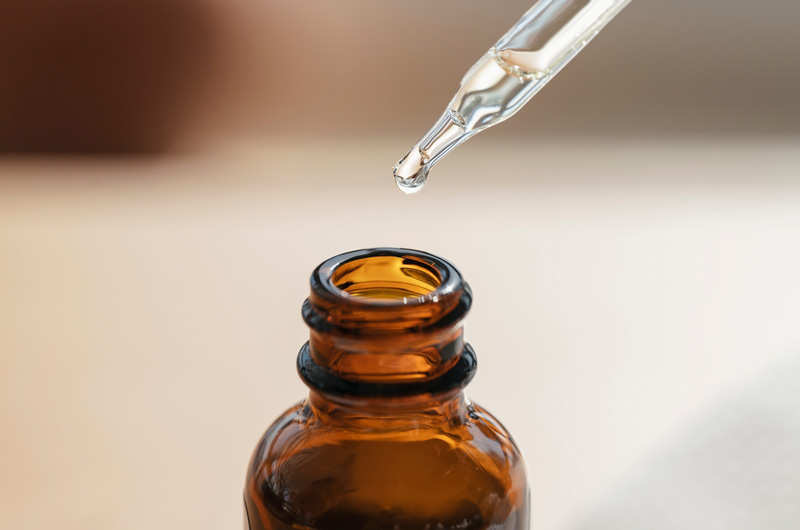
When using essential oils internally, it’s important to regard them with the same precaution as any other supplement.
Start with the lowest possible dose (one to two drops), and repeat every 4-6 hours as needed.
As a rule of thumb no more than 20 drops should be consumed in a 24 hour period. This dose may be higher or lower for certain oils so be sure to read all labels
For more on internal use of essential oils see doTerra’s free e-book: “Internal Use of Essential Oils”
Next in the Series on Essential Oil Basics
The Science of Essential Oils: I have often heard it said that there is no science to back up the use of essential oils. But nothing could be further from the truth!
To learn about the science behind essential oil use and the FDA's rules when referring to the benefits of essential oils click on this link: The Science of Essential Oils.
